Table of Contents
Introduction to Chili Pepper Types
Chili peppers are more than just a fiery kick in your favorite dish—they're a colorful, flavorful, and fascinating part of global cuisine. From the mild and sweet Anaheim pepper to the scorching ghost pepper, there's a chili for every palate and purpose. Whether you're an amateur enthusiast or a seasoned chef, understanding the different types of chili peppers can elevate your cooking game and add depth to your meals.
In this article, we'll take a fun and informative look at the most common chili pepper types, their heat levels, and how to use them in your kitchen. We'll also share some practical tips, a comparison table, and a buying guide to help you make informed choices when selecting your next batch of spicy goodness.
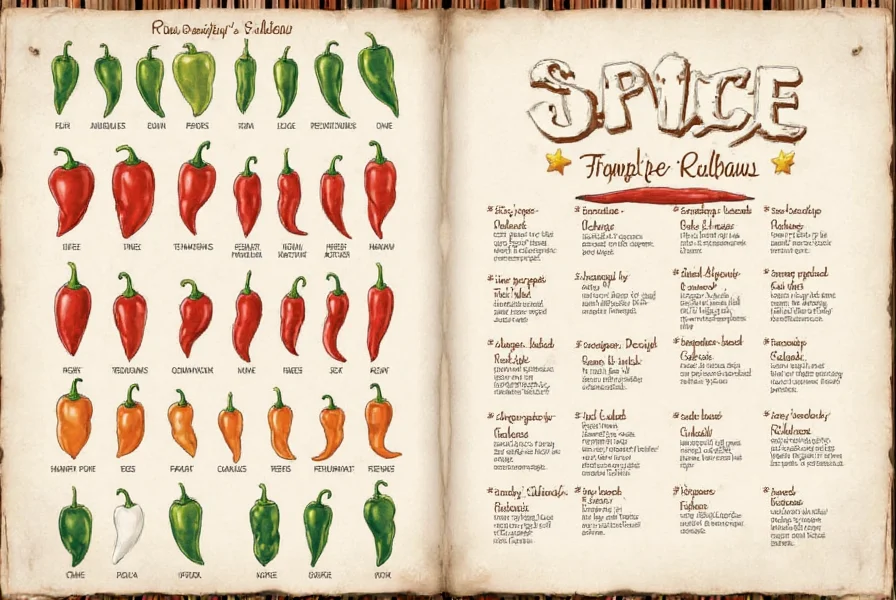
The Main Types of Chili Peppers
There are hundreds of chili pepper varieties, but here are the most popular ones that you're likely to encounter in stores or recipes:
- Jalapeño: Medium-sized, green, and commonly used in salsas, tacos, and stuffed peppers. Mild to medium heat.
- Serrano: Similar to jalapeños but hotter. Great for salsas, guacamole, and hot sauces.
- Habanero: Known for its intense heat and citrusy flavor. Often used in hot sauces and Caribbean dishes.
- Chipotle: Smoked and dried jalapeño. Adds a smoky, earthy flavor to dishes like stews and marinades.
- Cayenne: Thin, red, and very hot. Used in hot sauces, seasoning blends, and spice mixes.
- Ghost Pepper (Bhut Jolokia): One of the hottest peppers in the world. Used sparingly in spicy dishes or for extreme heat challenges.
- Poblano: Large, dark green, and slightly spicy. Common in Mexican cuisine, especially in chiles rellenos.
- Tabasco: Small, red, and known for its sharp, tangy flavor. Used in Tabasco sauce and other hot condiments.
- Scotch Bonnet: A tropical pepper with a fruity flavor and high heat. Popular in Caribbean and West African cuisines.
- Thai Chili: Small, fiery, and essential in Thai cuisine. Known for its intense heat and bright flavor.
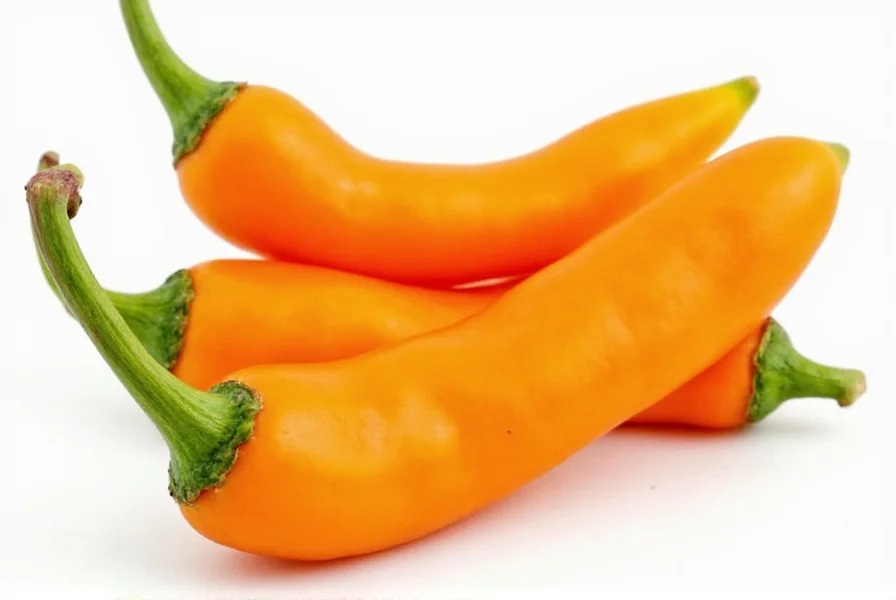
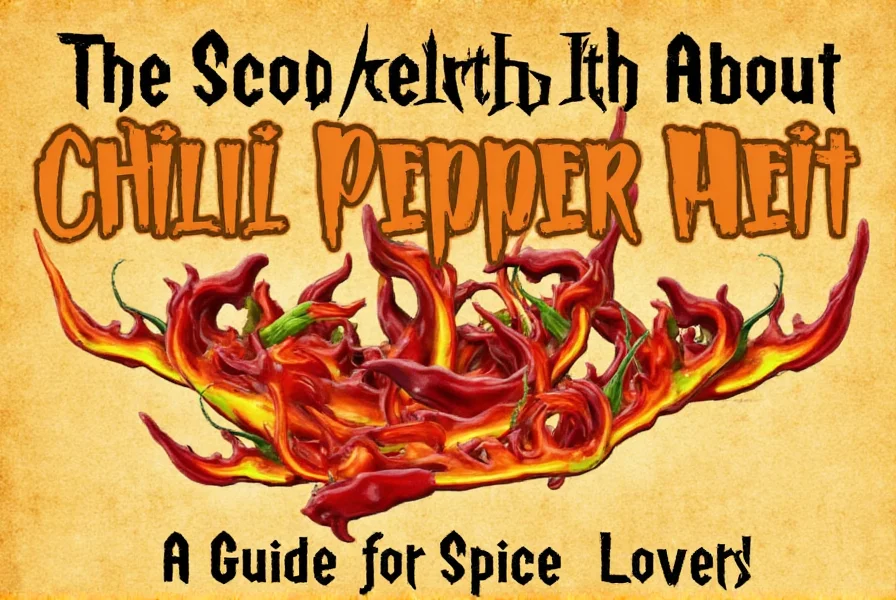
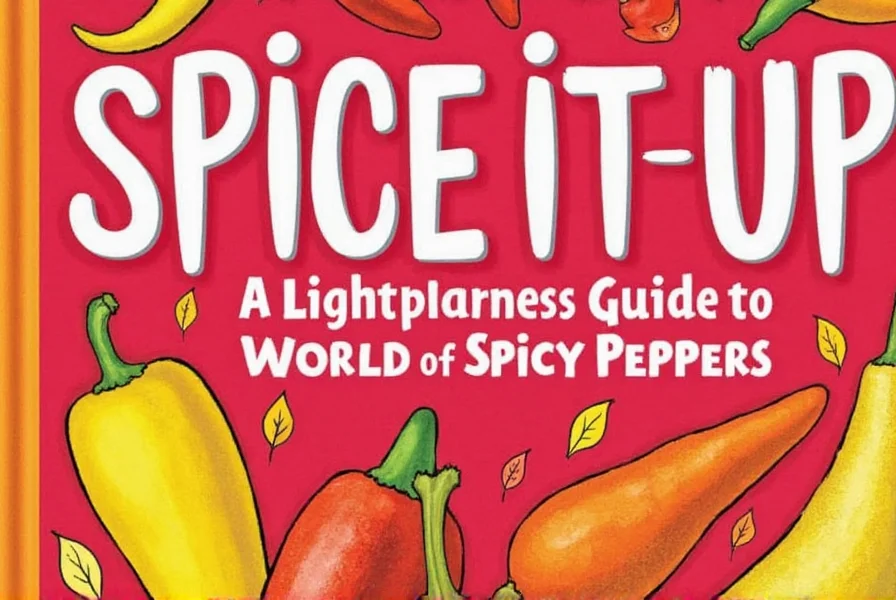
Chili Pepper Comparison Table
| Chili Pepper | Heat Level (Scoville Units) | Flavor Profile | Common Uses |
|---|---|---|---|
| Jalapeño | 2,500 – 8,000 | Mild, slightly sweet | Salsa, tacos, stuffed peppers |
| Serrano | 10,000 – 25,000 | Hot, slightly fruity | Salsa, guacamole, hot sauces |
| Habanero | 100,000 – 350,000 | Very hot, citrusy, smoky | Hot sauces, Caribbean dishes |
| Chipotle | 2,500 – 8,000 | Smoky, earthy | Stews, marinades, barbecue |
| Cayenne | 30,000 – 50,000 | Sharp, spicy | Hot sauces, seasoning blends |
| Ghost Pepper | 1,000,000+ | Extremely hot, complex | Extreme hot sauces, novelty dishes |
| Poblano | 1,000 – 1,500 | Mild, slightly peppery | Chiles rellenos, soups |
| Tabasco | 30,000 – 50,000 | Tangy, sharp | Hot sauce, condiments |
| Scotch Bonnet | 100,000 – 350,000 | Fruity, spicy | Caribbean, West African dishes |
| Thai Chili | 50,000 – 100,000 | Fruity, intense heat | Thai curries, stir-fries, hot sauces |
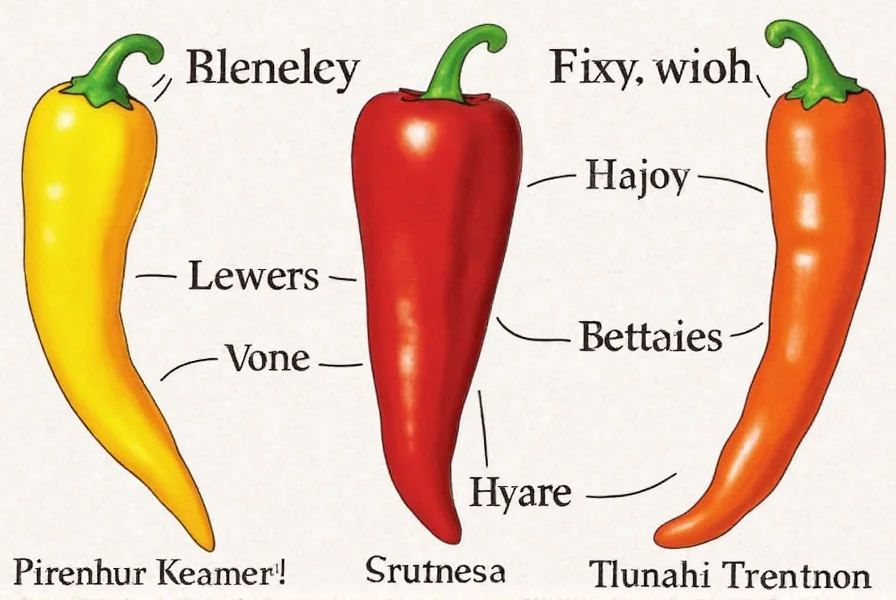
Practical Tips for Using Chili Peppers
Whether you're new to chili peppers or a seasoned pro, these tips will help you make the most out of your spiciest ingredients:
- Start small: If you're not used to heat, start with a small amount and adjust to your taste.
- Wear gloves: Always wear gloves when handling hot peppers to avoid irritation from capsaicin.
- Remove seeds and membranes: The seeds and white membranes contain the most heat, so remove them if you want a milder flavor.
- Use fresh or dried: Fresh peppers offer more flavor, while dried ones provide deeper, smokier notes.
- Pair with acid: A splash of lime juice or vinegar can balance the heat and enhance the overall flavor.
- Store properly: Keep fresh peppers in the fridge for up to a week, and dry peppers in a cool, dark place.
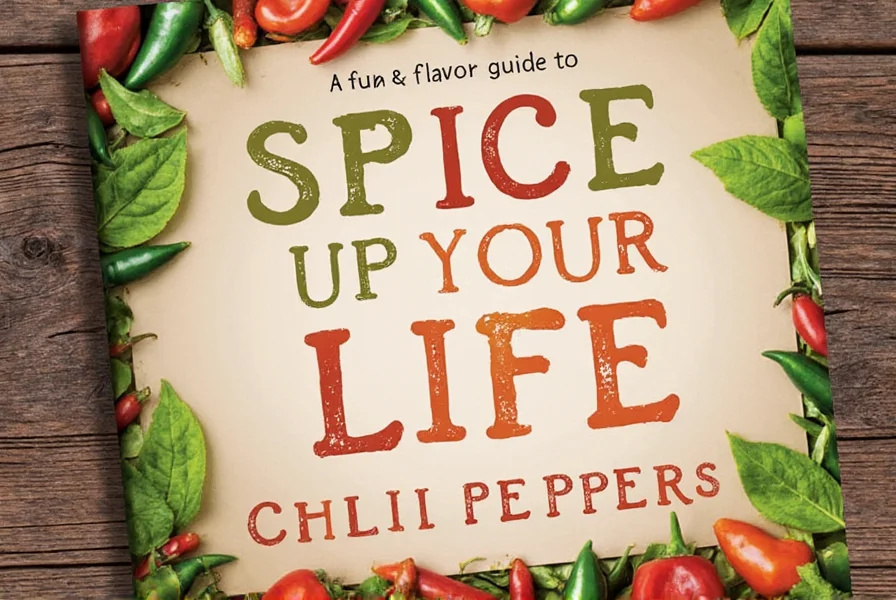

Buying Guide for Chili Peppers
When it comes to buying chili peppers, there are several factors to consider depending on your needs and preferences. Here's a quick guide to help you choose the best options:
Types of Chili Pepper Products
- Fresh Chilies: Ideal for cooking and adding immediate flavor. Look for firm, bright-colored peppers without blemishes.
- Dried Chilies: Great for long-term storage and deep flavors. Common varieties include ancho, pasilla, and chipotle.
- Chili Flakes: Convenient for seasoning dishes. Made from ground dried peppers and often used in Italian and Mediterranean cuisine.
- Hot Sauces: Ready-to-use condiments that vary in heat and flavor. Popular brands include Tabasco, Sriracha, and Frank's RedHot.
- Chili Powder: A blend of ground chilies and spices. Perfect for seasoning meats, soups, and stews.
Recommended Products
- Whole Dried Ancho Chilies: These are ideal for making mole sauces or rehydrating for stews. They have a rich, smoky flavor and moderate heat.
- Ground Cayenne Pepper: A versatile option for adding heat to any dish. Use in rubs, marinades, or homemade hot sauces.
- Tabasco Original Red Pepper Sauce: A classic hot sauce with a tangy, sharp flavor. Perfect for adding heat to sandwiches, burgers, or cocktails.
- Homemade Chili Powder Mix: Combine ground ancho, guajillo, and cayenne peppers for a custom blend that adds depth and warmth to your meals.
Each product has its own advantages and best use cases. For example, if you're looking to create authentic Mexican dishes, whole dried chilies and chili powders are essential. If you want convenience and versatility, hot sauces and chili flakes are great options.
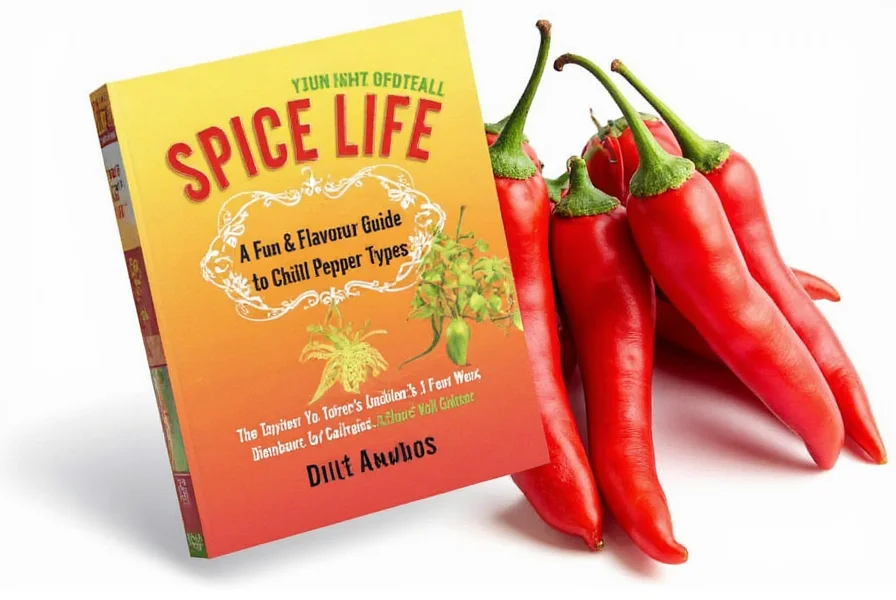
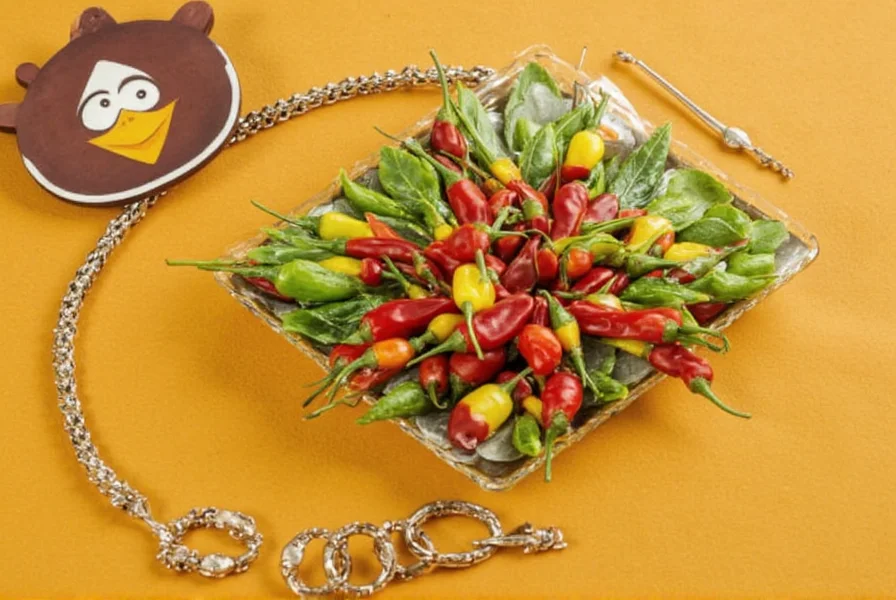
Frequently Asked Questions
How is chili pepper heat measured?
Chili pepper heat is measured using the Scoville Scale, which quantifies the concentration of capsaicin (the compound responsible for heat) in Scoville Heat Units (SHU). The scale was developed by pharmacist Wilbur Scoville in 1912. Originally, it involved diluting pepper extract until the heat was no longer detectable by human testers. Today, high-performance liquid chromatography (HPLC) provides a more precise measurement of capsaicinoids, which is then converted to Scoville units. For reference, jalapeños range from 2,500-8,000 SHU, habaneros from 100,000-350,000 SHU, and the Carolina Reaper can reach over 2 million SHU.
What's the difference between fresh and dried chili peppers?
Fresh chili peppers have higher water content and offer bright, vegetal flavors with varying heat levels. They're ideal for salsas, salads, and dishes where you want a fresh pepper flavor. Dried chili peppers lose moisture, which concentrates their flavor and often develops deeper, smokier notes. The drying process can also change the chemical composition of capsaicin, sometimes making dried peppers taste hotter than their fresh counterparts. Dried peppers are perfect for rehydrating in sauces, grinding into powders, or toasting to bring out complex flavors. Some peppers like chipotle are specifically dried (and smoked) to create their distinctive flavor profile.
How can I reduce the heat of a dish that's too spicy?
If your dish has become too spicy, there are several effective ways to reduce the heat without compromising flavor. First, add dairy products like yogurt, sour cream, or cheese - the casein in dairy helps neutralize capsaicin. Acidic ingredients like lime juice, vinegar, or tomato sauce can also help balance the heat. Adding sweetness with honey, sugar, or fruit can counteract spiciness. Increasing the volume of your dish by adding more of the non-spicy ingredients (like beans, rice, or vegetables) will dilute the heat. Coconut milk works particularly well in curries and stews. Avoid drinking water, as it spreads the capsaicin rather than neutralizing it. Remember, the heat is concentrated in the seeds and white membranes, so removing these before cooking can prevent excessive spiciness.
Which chili peppers are best for beginners?
For those new to cooking with chili peppers, it's best to start with milder varieties that still offer great flavor without overwhelming heat. Poblano peppers (1,000-1,500 SHU) offer mild heat with rich flavor, perfect for stuffed peppers or chiles rellenos. Anaheim peppers (500-2,500 SHU) are another excellent mild option. Jalapeños (2,500-8,000 SHU) are the most common "entry-level" hot pepper - they provide noticeable heat but are manageable for most palates. When using any pepper, remember to remove the seeds and white membranes to reduce heat significantly. As you become more comfortable, you can gradually work your way up to medium-heat peppers like serranos before exploring the hotter varieties.
How should I store chili peppers to maximize freshness?
Proper storage can significantly extend the life of your chili peppers. Fresh peppers should be stored in the crisper drawer of your refrigerator, ideally in a paper bag or perforated plastic bag to maintain proper humidity. Most fresh peppers will keep for 1-2 weeks this way. For longer storage, you can freeze whole or sliced peppers in airtight containers for up to 6 months - they'll become softer when thawed but retain their flavor. Dried peppers should be stored in airtight containers away from light and heat; they'll keep for 6-12 months. For an abundance of fresh peppers, consider roasting and freezing them, making hot sauce, or drying them yourself. Never store fresh peppers in sealed plastic bags without ventilation, as this traps moisture and accelerates spoilage.
What's the difference between chili powder and crushed red pepper?
Chili powder and crushed red pepper are often confused but are quite different. Chili powder is typically a blend of ground dried chilies (like ancho, cayenne, or chipotle) mixed with other spices such as cumin, oregano, garlic powder, and salt. It's used as a seasoning blend for dishes like chili con carne, tacos, and stews. Crushed red pepper (also called red pepper flakes) consists solely of dried and crushed hot peppers, usually cayenne or similar varieties. It contains pure heat without additional spices and is used as a condiment or for adding straightforward heat to dishes. The heat level of chili powder varies by brand, while crushed red pepper delivers consistent, direct heat. Understanding this difference helps you use the right product for your recipe's flavor profile.
Conclusion
Chili peppers come in a wide range of types, each with its own unique flavor, heat level, and culinary uses. Understanding these differences can transform your cooking experience and open up new possibilities in your kitchen. Whether you're experimenting with bold flavors or seeking the perfect spice for your next meal, there's a chili pepper type that suits your needs.
Remember, the key is to experiment, find what works for you, and enjoy the journey of discovering new tastes and textures. So, go ahead—spice up your life with the amazing world of chili peppers!
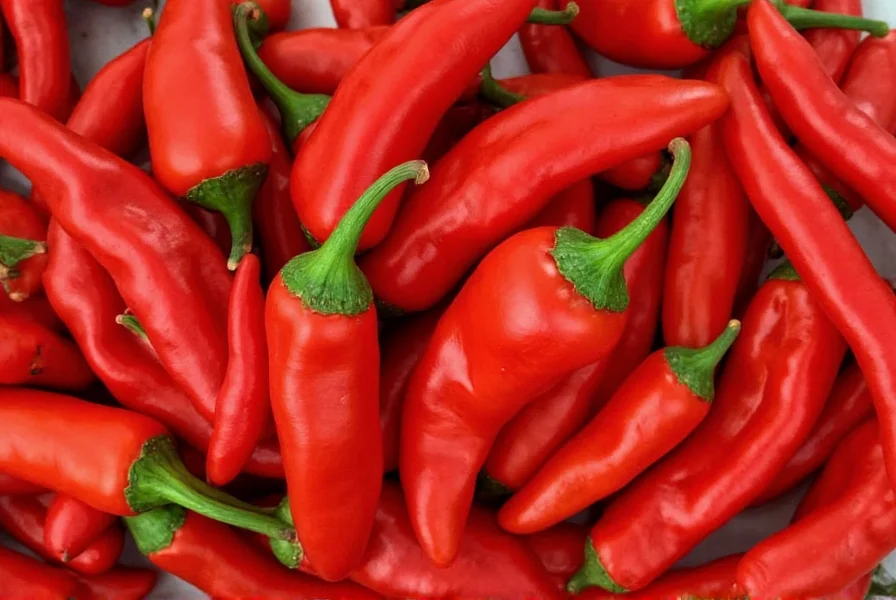

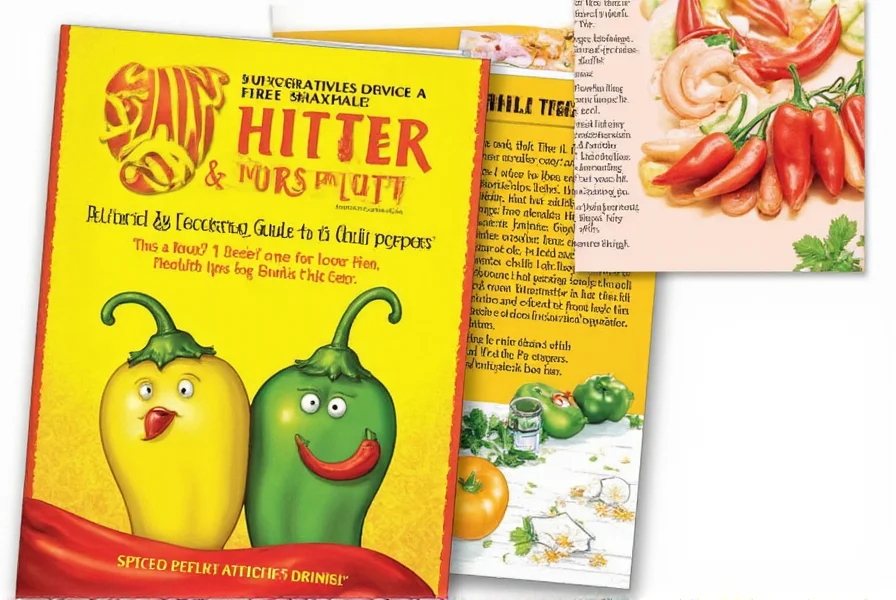









 浙公网安备
33010002000092号
浙公网安备
33010002000092号 浙B2-20120091-4
浙B2-20120091-4